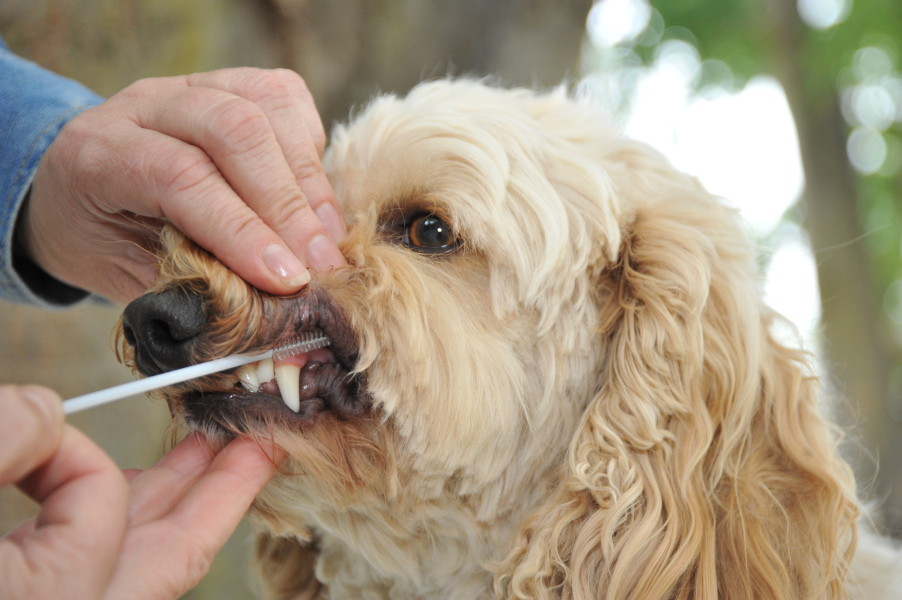Quick Summary
Click here for Price and Turnaround Time
Phenotype: Osteogenesis imperfecta is an inherited disease which causes defective collagen, leading to extremely fragile bones and teeth. Affected puppies suffer from bone fractures after minor trauma which can result from playing. The teeth are fragile and pink due to thin enamel which exposes the underlying blood vessels.
Mode of Inheritance: Autosomal recessive
Alleles: N = Normal, OI = Osteogenesis imperfecta
Breeds appropriate for testing: Dachshund
Explanation of Results:
- Dogs with N/N genotype will not have osteogenesis imperfecta and cannot transmit this variant to their offspring.
- Dogs with N/OI genotype will not have osteogenesis imperfecta, but are carriers. They will transmit this variant to 50% of their offspring. Matings between two carriers are predicted to produce 25% osteogenesis imperfecta-affected puppies.
- Dogs with OI/OI genotype will have osteogenesis imperfecta, an inherited disease that leads to fragile bones and teeth.
Sample Collection
Dog DNA tests are carried out using cells brushed from your dog's cheeks and gums. The preferred cytology brushes are sent to you by mail, or you may provide your own brushes. For accepted alternative brushes, click here
We recommend waiting until puppies are at least three weeks old before testing.

Step-By-Step:
- Make sure the dog has not had anything to eat or drink for at least 1 hour prior to collecting sample.
- When swabbing puppies, isolate each puppy from the mother, littermates and any shared toys for 1 hour prior to swabbing. Puppies should not have nursed or eaten for 1 hour prior to collecting sample.
- If collecting samples from more than one dog, make sure to sample one dog at a time and wash your hands before swabbing another dog.
- Label brush sleeve with name or ID of dog to be sampled.
- Open brush sleeve by arrow and remove one brush by its handle.
- Place bristle head between the dog’s gums and cheek and press lightly on the outside of the cheek while rubbing or rotating the brush back and forth for 15 seconds.
- Wave the brush in the air for 20 seconds to air dry.
- Insert brush back into sleeve.
- Repeat steps 5 - 8 for each unused brush in sleeve on a fresh area of cheek and gums. Make sure to use and return all brushes sent by the VGL. In most cases, it will be 3 brushes per dog. If using interdental gum brushes, please note that the VGL requires 4 brushes per dog and only moderate or wide interdental gum brushes are accepted.
- Do not seal brushes in sleeve.
- Place all samples in an envelope and return to the address provided.
ATTENTION:
- Do not collect saliva/drool – the key to obtaining a good sample is getting cheek cells on the swab
- Do not rub swab on the dog’s tongue or teeth – this will result in poor quality sample
- Do not collect a sample from a puppy that has recently nursed – the mother’s genetic material can rub off on the puppy’s mouth and contaminate the sample
Osteogenesis imperfecta is an inherited disease which causes defective collagen, leading to extremely fragile bones and teeth. In Dachshunds the disease is caused by a mutation in SERPINH1, a gene that promotes correct folding of the collagen I triple helix. Affected puppies suffer from bone fractures after minor trauma which can result from playing. The teeth are fragile and pink due to thin enamel which exposes the underlying blood vessels. The disease is seen at the highest rate in wire-hair coated Dachshunds. The trait is inherited as an autosomal recessive, thus breeding stock are unaffected but can be carriers.
